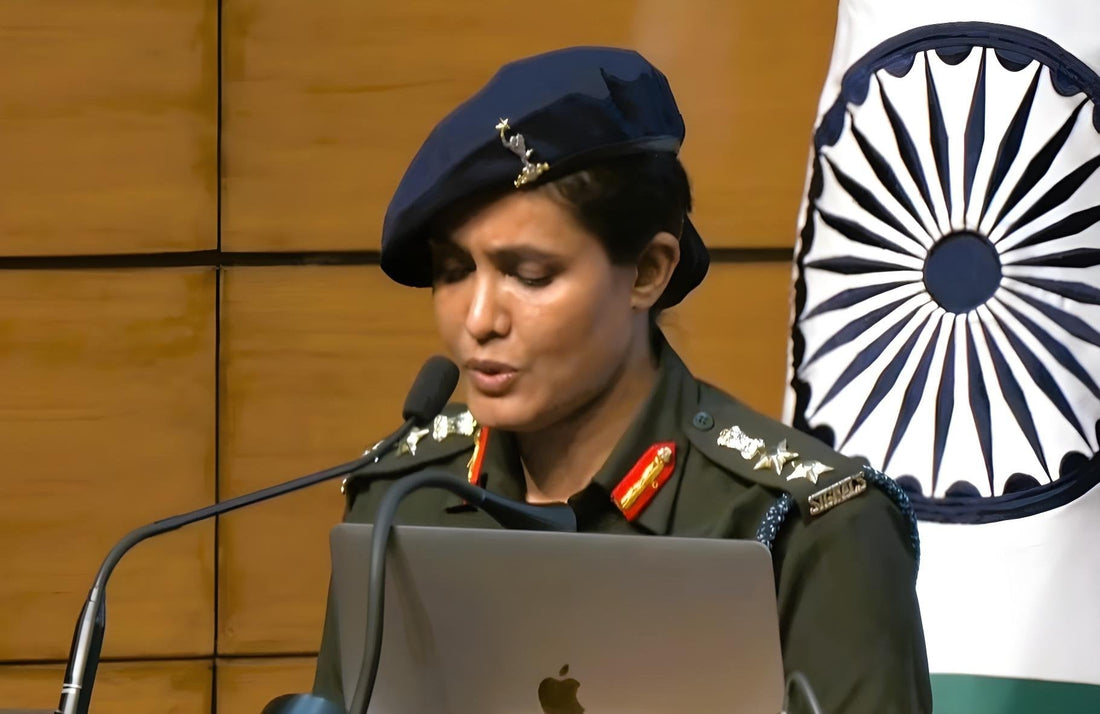What is Operation Sindoor? 5 Key Facts You Must Know

India’s military action titled Operation Sindoor has captured global attention following its decisive strikes on terrorist infrastructure in Pakistan and Pakistan-occupied Kashmir (PoK). The operation was launched in response to a brutal terror attack in Jammu & Kashmir and signals a new chapter in India’s counter-terrorism doctrine. Here are five key facts you must know about Operation Sindoor:
1. Operation Sindoor Was Triggered by the Pahalgam Terror Attack
Operation Sindoor was launched in the early hours of May 7, 2025, as a direct response to the deadly Pahalgam terror attack that occurred on April 22, 2025, in Jammu & Kashmir’s Anantnag district. The attack killed 26 civilians, including 25 Indian nationals and one Nepali tourist, most of whom were visiting the region. The gruesome act, which primarily targeted tourists, sparked nationwide outrage and prompted urgent calls for retribution and justice.

2. Strategic Targets: Terror Camps in Pakistan and PoK
India’s strikes were precise and focused, targeting nine high-value terrorist infrastructure locations. These included camps associated with Jaish-e-Mohammed (JeM) and Lashkar-e-Taiba (LeT), two of the most notorious anti-India terror groups. Key sites bombed included:
- Bahawalpur – the JeM headquarters
- Muridke – LeT’s primary base
- Sialkot and Kotli – known terrorist hubs in PoK
Importantly, no Pakistani military facilities were targeted, showcasing India's restraint and focus on punishing only non-state actors.
3. A Tri-Service Precision Operation from Indian Soil
Operation Sindoor was notable for its joint execution by the Indian Army, Navy, and Air Force, making it a rare tri-services coordinated strike. The entire mission was launched from Indian territory, maintaining sovereign integrity while delivering a powerful message.
India employed precision-strike weapons, including loitering munitions (kamikaze drones), ensuring minimal collateral damage and accurate elimination of terrorist hideouts. Intelligence agencies provided exact coordinates, reducing the risk of civilian harm.
4. Heavy Terrorist Casualties and Controlled Collateral Damage
According to Indian intelligence sources:
- Over 70 terrorists were neutralized
- More than 60 were injured, crippling operational capabilities of JeM and LeT
While Pakistan confirmed 9 civilian deaths and 38 injuries, Indian officials emphasized efforts to avoid civilian areas and military zones. The strike’s effectiveness dealt a major blow to cross-border terrorism, reinforcing India’s proactive stance.
5. Symbolism and Reactions: "Sindoor" as a National Statement
The name "Sindoor" — referring to the red vermilion worn by married Hindu women — was deliberately chosen to represent mourning and resolve, especially in remembrance of young couples killed in the Pahalgam attack.
Following the strikes:
- Pakistan placed its Air Force on high alert, warning of retaliation
- India remained vigilant, with airspace under close surveillance
- Prime Minister Modi called the operation "measured, focused, and non-escalatory", sending a clear message to hostile elements
Despite a wave of misinformation and fake news about Pakistani retaliation flooding social media, no credible military response has been confirmed.
Conclusion: A New Phase in India’s Counter-Terror Doctrine
Operation Sindoor marks a strategic shift in India’s military response to terrorism — combining surgical precision, multi-service coordination, and symbolic messaging. While considered phase one, future developments are likely as the government continues to assess the situation.
This operation reinforces India’s stance: cross-border terrorism will not go unanswered.



















